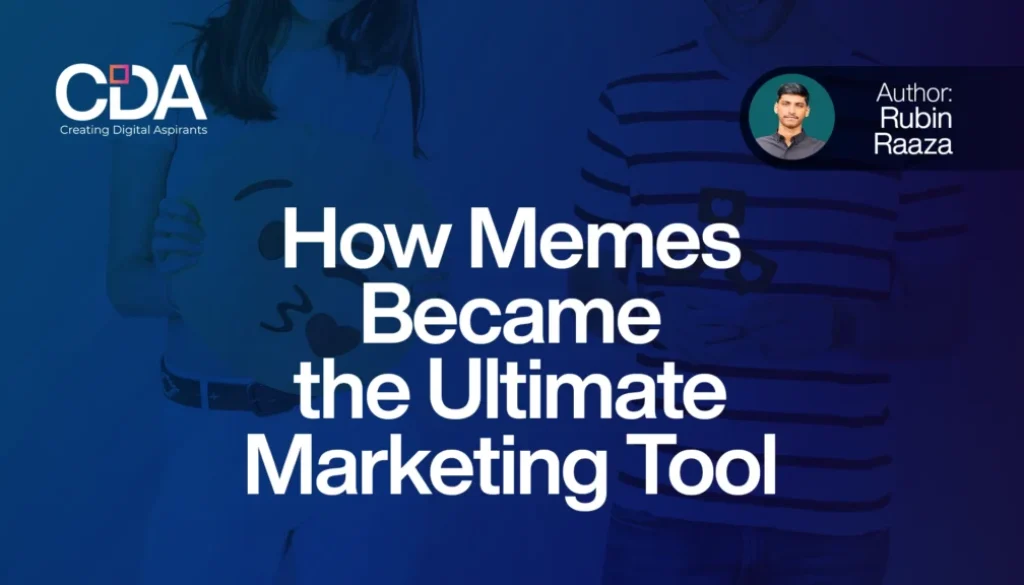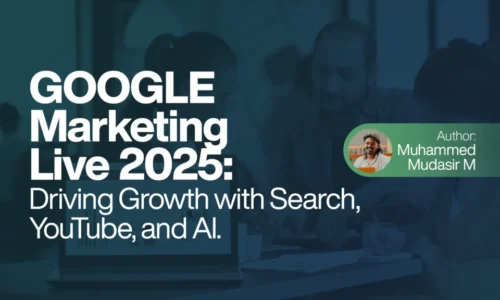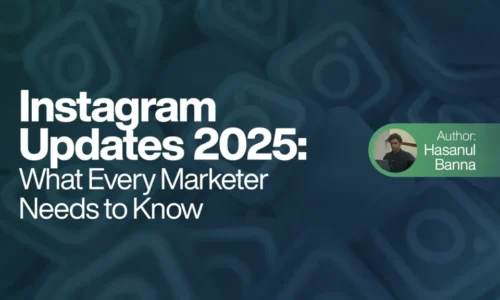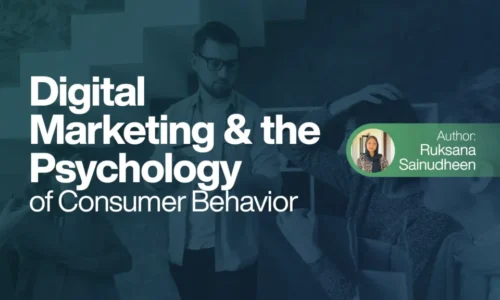How Memes Became the Ultimate Marketing Tool
Imagine scrolling through your social media feed. What grabs your attention? A long ad? Probably not. A meme that makes you laugh? Absolutely! Over the years, memes have grown from silly internet jokes to powerful marketing tools. But how did this transformation happen? Let’s explore.
Table of Contents
What Are Memes?
Memes are ideas, jokes, or trends shared online in the form of images, videos, or text. They’re often relatable and humorous, making them perfect for grabbing attention. Think about the last meme you shared with a friend—it probably said something funny or clever about a common experience.
Why Do Memes Work in Marketing?
- Relatability: Memes connect with people on a personal level. A meme about the struggles of working from home or waiting for your coffee order resonates with many. This shared experience makes people feel seen and understood.
- Shareability: Memes are quick to share. If a brand creates a meme that’s funny or clever, it can spread like wildfire. This is organic marketing at its best—it’s free, fast, and effective.
- Emotion: Humor and relatability evoke positive emotions. People are more likely to remember and engage with a brand that makes them laugh or feel good.
- Cost-Effective: Unlike traditional ads, memes don’t require a big budget. A creative idea and an understanding of your audience are enough to create impactful content.
Brands Winning With Memes
Many brands have jumped on the meme bandwagon. Take Netflix, for example. They use memes to promote shows, making them relatable to audiences worldwide. Another great example is Zomato, whose witty memes about food cravings often go viral in India.
Even small businesses use memes to connect with their local audience. A bakery could share a meme about the smell of fresh bread being better than any alarm clock—it’s simple, effective, and memorable.
The Art of Using Memes in Marketing
Creating a successful meme isn’t about being random. It’s about understanding your audience and striking the right balance between humor and brand messaging. Here are some tips:
- Stay Updated: Memes are tied to trends. Keep an eye on what’s trending and find ways to align it with your brand.
- Know Your Audience: What makes your audience laugh? What do they relate to? Craft memes that speak their language.
- Keep It Simple: A good meme is easy to understand at a glance. Don’t overcomplicate things.
- Stay Authentic: Forced memes can backfire. If it doesn’t fit your brand voice, skip it.
The Risks of Meme Marketing
While memes can be fun and engaging, they can also be tricky. Trends can change overnight, and a meme that’s funny today might feel outdated tomorrow. In addition, humor is subjective; what one person finds hilarious, another might find offensive. It’s important to tread carefully and always review your content before posting.
The Future of Meme Marketing
Memes aren’t just a passing trend. They’re becoming a staple in digital marketing strategies. With platforms like Instagram and TikTok growing, visual and humorous content will remain a favorite. Brands that can adapt and use memes creatively will stay ahead in the marketing game.
Final Thoughts
Memes are more than just jokes on the internet. They’re a way to connect, communicate, and build relationships with your audience. For marketers, they’re a goldmine of opportunities. So, the next time you laugh at a meme, think about the power behind it—it’s not just entertainment; it’s marketing genius at work!
Author Info
Rubin Raaza, a Freelance digital marketing strategist in Kannur.
Learner of CDA Digital Marketing Course in Kerala.



